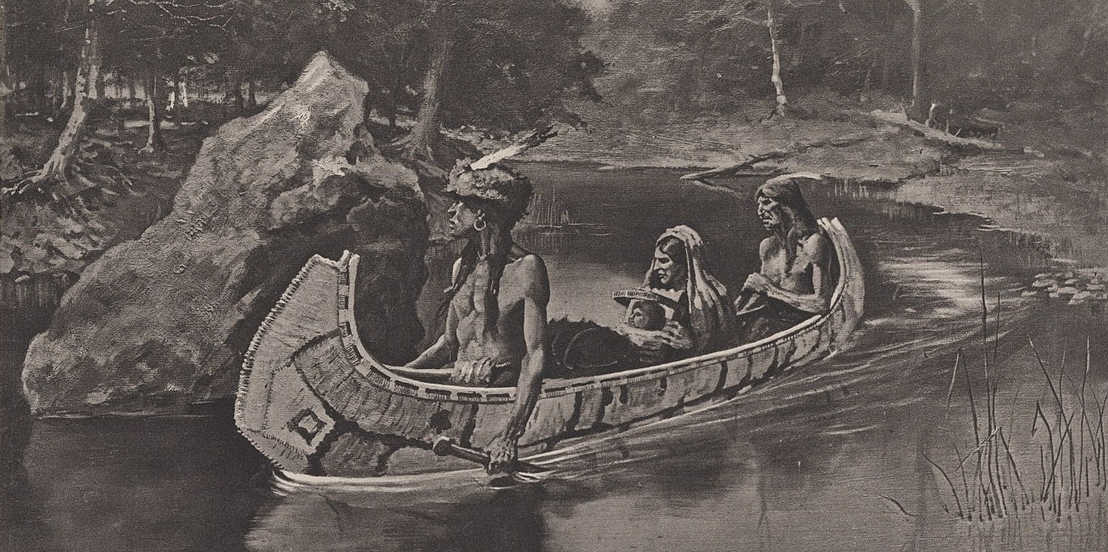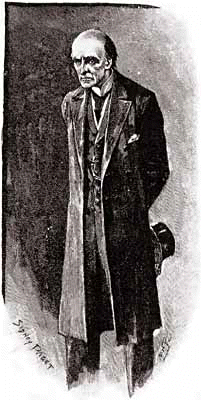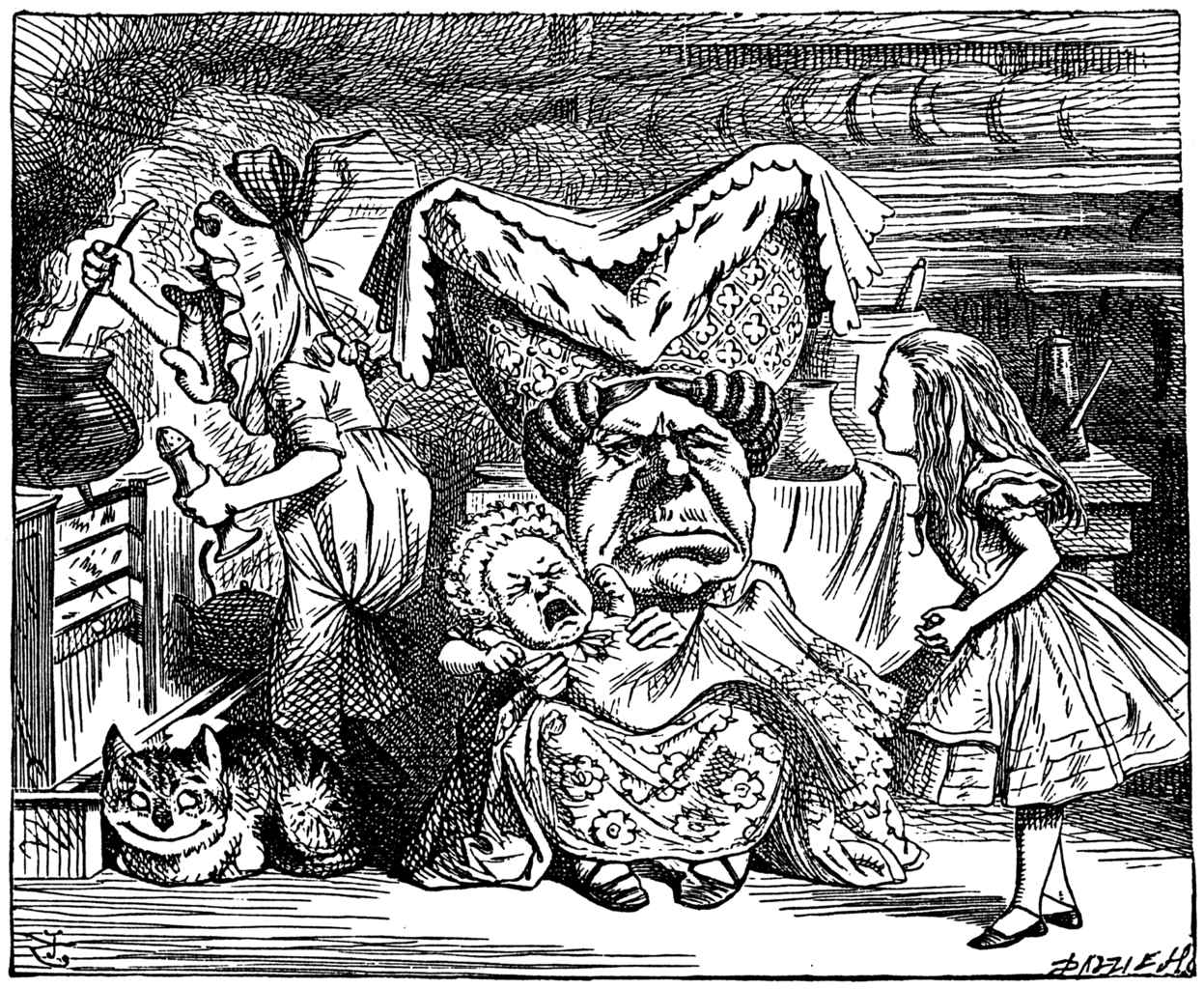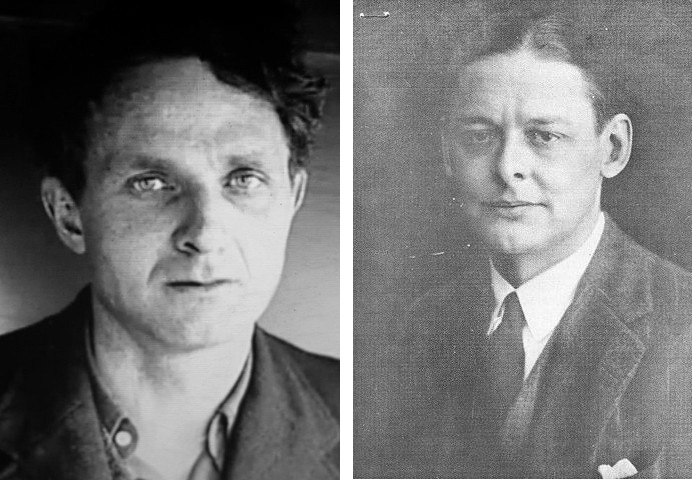
“The man who publishes a book without an index ought to be damned 10 miles beyond hell, where the Devil himself cannot get for stinging nettles.” — John Baynes (1758-1787)

“The man who publishes a book without an index ought to be damned 10 miles beyond hell, where the Devil himself cannot get for stinging nettles.” — John Baynes (1758-1787)

In 2004 Stanford physicist R.B. Laughlin wrote a 12-page poem critiquing of the theory of resonating valence bonds. He set it in trochaic tetrameter, after Longfellow’s Song of Hiawatha:
What ensued was simply awesome,
Destined to go down in legend.
They proposed a cuprate theory
So magnificent in concept,
So much bolder than the others
That it blasted them to pieces
Like some big atomic warhead,
So outshined them in its glory
Like a nova in the heavens
That it blinded any person
Who would dare to gaze upon it.
Cuprates did these things, it stated,
Just because a quirk of nature
Made them like the Hubbard model,
Which, as had been long established,
Did some things quite fundamental,
Not yet known to modern science,
Which explained the crazy data,
So to understand the cuprates
One would have to solve this model.
How colossal! How stupendous!
It was absolutely foolproof!
No one could disprove this theory
With existing mathematics
Or experimental data
For exactly the same reasons
Nor could they admit they couldn’t,
So they’d spend their whole lives trying,
Blame themselves for being so stupid,
And pay homage in each paper
With the requisite citation!
The whole thing is here. (Thanks, Daniele.)
Related: Mark Twain’s father, a justice of the peace, once told his son that there was more poetry in a warranty deed than in Longfellow’s verse. So Twain “took the stupid warranty deed itself and chopped it up into Hiawathian blank verse, without altering or leaving out three words, and without transposing six”:
THE STORY OF A GALLANT DEED.
THIS INDENTURE, made the tenth
Day of November, in the year
Of our Lord one thousand eight
Hundred six-and-fifty,
Between JOANNA S.E. GRAY
And PHILIP GRAY, her husband,
Of Salem City in the State
Of Texas, of the first part,
And O.B. Johnson, of the town
Of Austin, ditto, WITNESSETH:
That said party of first part,
For and in consideration
Of the sum of Twenty Thousand
Dollars, lawful money of
The U.S. of Americay,
To them in hand now paid by said
Party of the second part,
The due receipt whereof is here
By confessed and acknowledg-ed,
Have Granted, Bargained, Sold, Remised,
Released and Aliened and Conveyed,
Confirmed, and by these presents do
Grant and Bargain, Sell, Remise,
Alien, Release, Convey, and Con-
Firm unto the said aforesaid
Party of the second part,
And to his heirs and assigns
Forever and ever, ALL
That certain piece or parcel of
LAND situate in city of
Dunkirk, county of Chautauqua,
And likewise furthermore in York State,
Bounded and described, to-wit,
As follows, herein, namely:
BEGINNING at the distance of
A hundred two-and-forty feet,
North-half-east, north-east-by-north,
East-north-east and northerly
Of the northerly line of Mulligan street,
On the westerly line of Brannigan street,
And running thence due northerly
On Brannigan street 200 feet,
Thence at right angles westerly,
North-west-by-west-and-west-half-west,
West-and-by-north, north-west-by-west,
About —
That’s as far as he got in reciting it to his father. “I kind of dodged, and the boot-jack broke the looking glass. I could have waited to see what became of the other missiles if I had wanted to, but I took no interest in such things.”
Between 1976 and 1978, C.J. Scheiner compiled a list of pejoratives that medical personnel used to describe patients in a large New York hospital:
“This study is not in any way exhaustive, and does not include many terms used possibly in various specialty areas of this particular hospital, and certainly not all the terms used in various hospitals in or outside of New York.”
(C.J. Scheiner, “Common Patient-Directed Pejoratives Used by Medical Personnel,” Maledicta 2 [Summer/Winter 1978], 67-70.)

In 1934 Ole Kirk Kristiansen named his toy company Lego, after the Danish phrase for “play well” (leg godt).
He found out later that it also means “I put together” in Latin.
For his keynote address at the 1998 ACM OOPSLA conference, Sun Microsystems computer scientist Guy Steele illustrated the value of growing a computer language by growing the language of his talk itself, starting with words of one syllable and using these to build new definitions that permit increasing sophistication.
“For this talk, I chose to take as my primitives all the words of one syllable, and no more, from the language I use for most of my speech each day, which is called English. My firm rule for this talk is that if I need to use a word of two or more syllables, I must first define it.”
(Via MetaFilter.)

Strangely, Professor Moriarty and his brother have the same name.
Sherlock Holmes mentions his nemesis seven times in “The Final Problem,” but always as “Professor Moriarty” — he gives no first name (“My dear Watson, Professor Moriarty is not a man who lets the grass grow under his feet”).
But at one point Watson refers to “the recent letters in which Colonel James Moriarty defends the memory of his brother,” who was killed after his dramatic struggle with Holmes atop the Reichenbach Falls.
But in “The Adventure of the Empty House,” Holmes remarks to Watson, “[I]f I remember right, you had not heard the name of Professor James Moriarty, who had one of the great brains of the century.”
So “the Napoleon of crime” and his brother are both named James, it appears. One explanation that’s been suggested is that “James Moriarty” is a compound surname — in which case the first name of each man remains a mystery.

In 1947 Theodor Adorno devised a test to measure the authoritarian personality — he called it the F-scale, because it was intended to measure a person’s potential for fascist sympathies:
Adorno hoped that making the questions oblique would encourage participants to reveal their candid feelings, “for precisely here may lie the individual’s potential for democratic or antidemocratic thought and action in crucial situations.”
“The F-scale … was adopted by quite a few experimental psychologists and sociologists, and remained in the repertoire of the social sciences well into the 1960s,” writes Evan Kindley in Questionnaire (2016). But it’s been widely criticized — Adorno and his colleagues assumed that any attraction to fascist ideas was pathological; the statements were worded so that agreement always indicated an authoritarian response; and people with high intelligence tended to see through the “indirect” items anyway.
Ironically, the test’s dubious validity might be a good thing, Kindley notes: Otherwise, “If something like the F-scale were to fall into the wrong hands, couldn’t it become a vehicle of tyranny?”

In his 1869 French rendering of Alice in Wonderland, Henri Bué found a uniquely felicitous way to translate a pun. Here’s the original:
‘If everybody minded their own business,’ the Duchess said in a hoarse growl, ‘the world would go round a deal faster than it does.’
‘Which would not be an advantage,’ said Alice … ‘Just think what work it would make with the day and night! You see the earth takes twenty-four hours to turn round on its axis –‘
‘Talking of axes,’ said the Duchess, ‘chop off her head.’
Bué couldn’t reproduce the pun using the French word for ax (hache), but he came up with this:
‘Si chacun s’occupait de ses affaires,’ dit la Duchesse avec un grognement rauque, ‘le mond n’en irait que mieux.’
‘Ce qui ne serait guère avantageux,’ dit Alice … ‘Songez à ce que deviendraient le jour et la nuit; vous voyez bien, la terre met vingt-quatre heures à faire sa révolution.’
‘Ah! vous parlez de faire des révolutions!’ dit la Duchesse. ‘Qu’on lui coupe la tête!’
In The Astonishment of Words, Victor Proetz writes, “Here Bué — with a stroke of wizardry and judgment which, in this instance, is not translation by word, but translation by change of word — has instantaneously transformed a witty English idea in its entirety into a perfectly parallel, equally witty French idea. And when ‘the Duchess’ changes into ‘la Duchesse,’ the axe, by association, becomes a guillotine.”

Lunching at Stephen Spenders’ in 1946, T.S. Eliot admired his host’s transparent cigarette case. Spender sent it to him with this verse:
When those aged eagle eyes which look
Through human flesh as through a book,
Swivel an instant from the page
To ignite the luminous image
With the match that lights his smoke —
Then let the case be transparent
And let the cigarettes, apparent
To his x-ray vision, lie
As clear as rhyme and image to his eye.
Eliot responded:
The sudden unexpected gift
Is more precious in the eyes
Than the ordinary prize
Of slow approach or movement swift.
While the cigarette is whiffed
And the tapping finger plies
Here upon the table lies
The fair transparency. I lift
The eyelids of the aging owl
At twenty minutes to eleven
Wednesday evening (summer time)
To salute the younger fowl
With this feeble halting rhyme
The kind, the admirable Stephen.